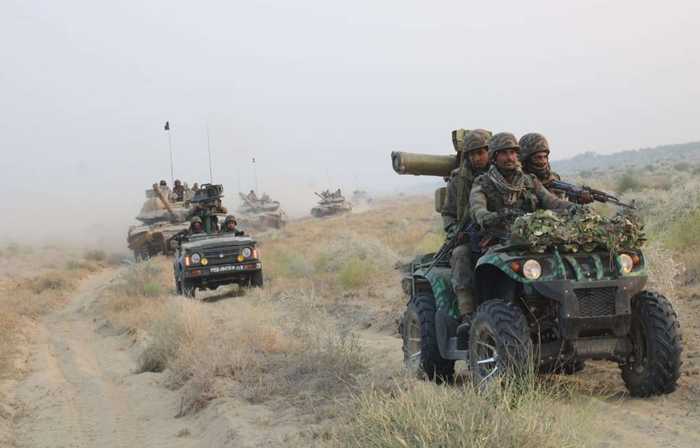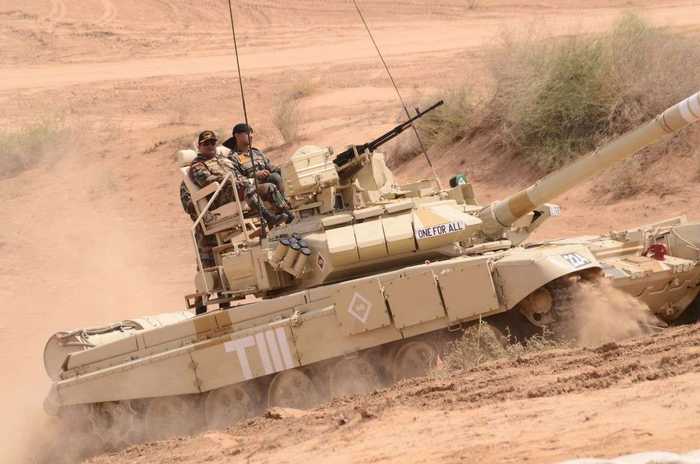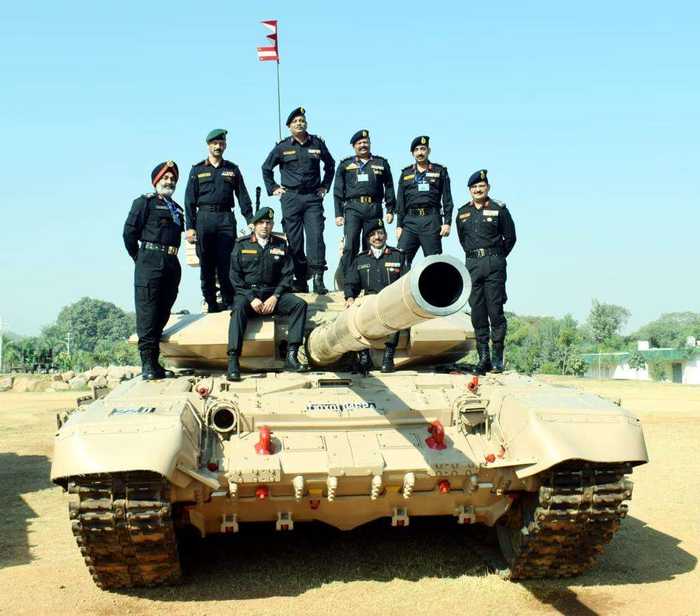Published 17:22 IST, January 1st 2024
Nuclear facility lists exchanged amid shadows of Op Parakram and Pakistan's historical threats
The exchange, mandated by the Agreement on the Prohibition of Attack against Nuclear Installations & Facilities signed in 1988 has occurred anually since.
- Defence
- 3 min read
In a diplomatic exchange on Monday, India and Pakistan exchanged lists of their respective nuclear installations and facilities, adhering to the provisions of the Agreement on the Prohibition of Attack against Nuclear Installations and Facilities. The Ministry of External Affairs (MEA) confirmed the exchange through an official press statement.

Signed on December 31, 1988, and enforced on January 27, 1991, the agreement mandates that both nations inform each other about the nuclear installations and facilities covered under the agreement every January 1st. This marks the 33rd consecutive exchange since the first one in 1992. Despite the ongoing strain in bilateral ties over issues like Kashmir and cross-border terrorism, both countries continue to honor this commitment.
The 2001–2002 India–Pakistan standoff
The exchange of nuclear facility lists harkens back to historical moments of tension between India and Pakistan, particularly the 2001–2002 India–Pakistan standoff. This military standoff involved the mass mobilization of both countries' military forces along the India-Pakistan border and the disputed region of Kashmir, marking the second major standoff since both nations declared their nuclear capabilities.

Initiated by India in response to attacks on the Indian Parliament by Lashkar-e-Taiba (LeT) and Jaish-e-Mohammed (JeM) militants, the standoff, codenamed Operation Parakram, witnessed a significant mobilization of Indian troops near the Pakistan border. The implicit threat of attack raised concerns of a potential full-fledged war, with Pakistan asserting its willingness to use nuclear weapons.

The seven-month-long standoff eventually de-escalated, with Indian troops retreating to their cantonments and Operation Parakram being aborted. Throughout the conflict, statements by Indian and Pakistani officials highlighted the nuclear dimension, including India's no-first-use policy and Pakistan's refusal to renounce the first use of nuclear weapons.
Notably, external factors, such as the Eastern Mediterranean Event on June 6, 2002, raised additional concerns of a nuclear conflict. However, both nations gradually eased tensions in Kashmir, leading to the demobilization of troops along the border. In November 2003, a cease-fire was signed, bringing an end to the heightened military standoff.
Current implications and diplomatic landscape

Against the backdrop of these historical events, the recent exchange of nuclear facility lists underscores the ongoing diplomatic intricacies between India and Pakistan. While the exchange serves as a routine protocol, it also reflects a commitment to averting misunderstandings and ensuring transparency in the realm of nuclear capabilities.
As India and Pakistan navigate complex geopolitical dynamics, maintaining communication channels and adhering to agreements like the one on nuclear installations becomes crucial in preventing unintended escalations. The exchange, despite existing tensions, showcases a diplomatic mechanism aimed at fostering stability and reducing the risk of miscalculations in the sensitive domain of nuclear capabilities.
Updated 17:22 IST, January 1st 2024